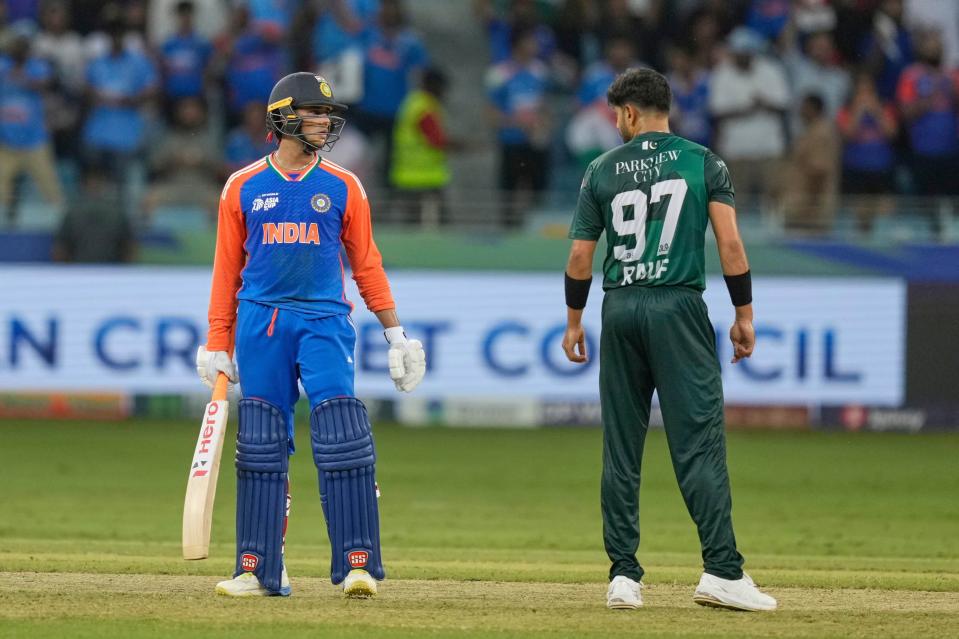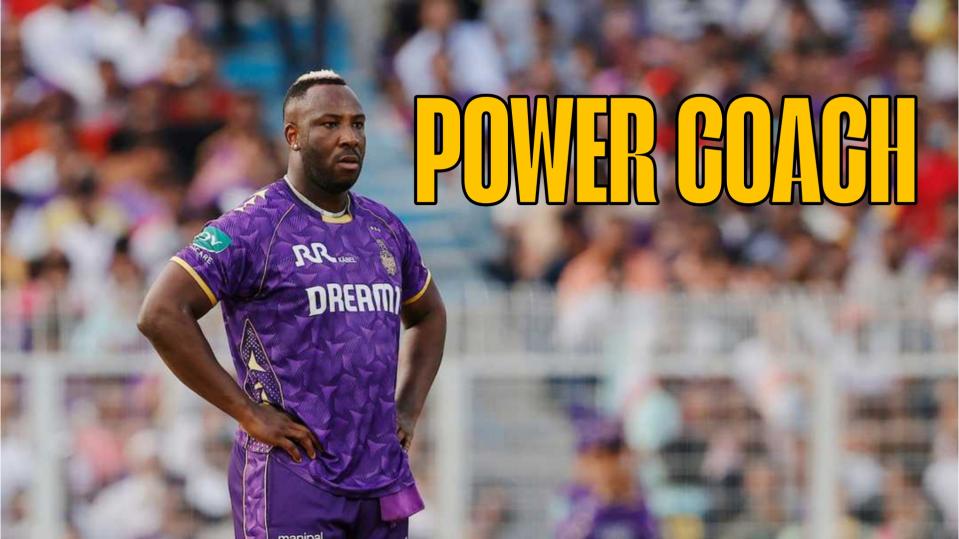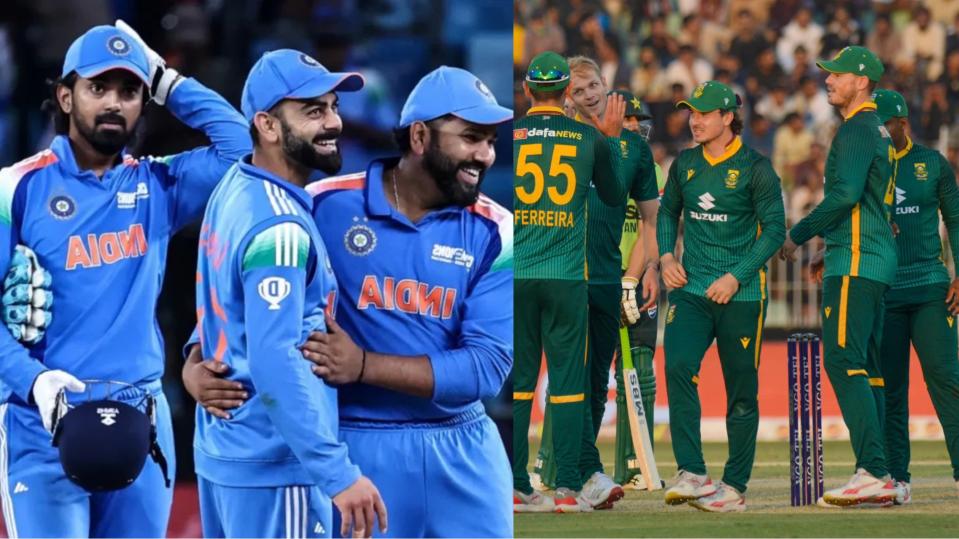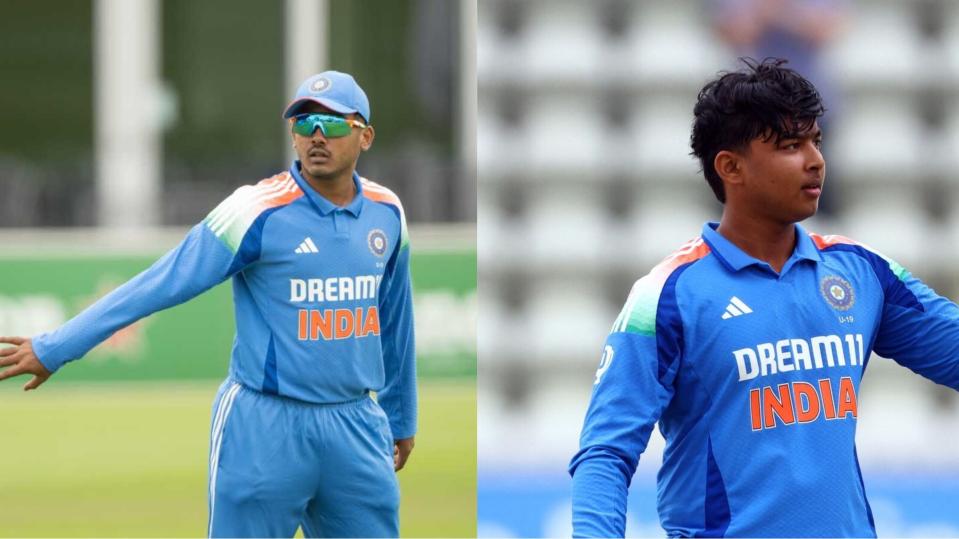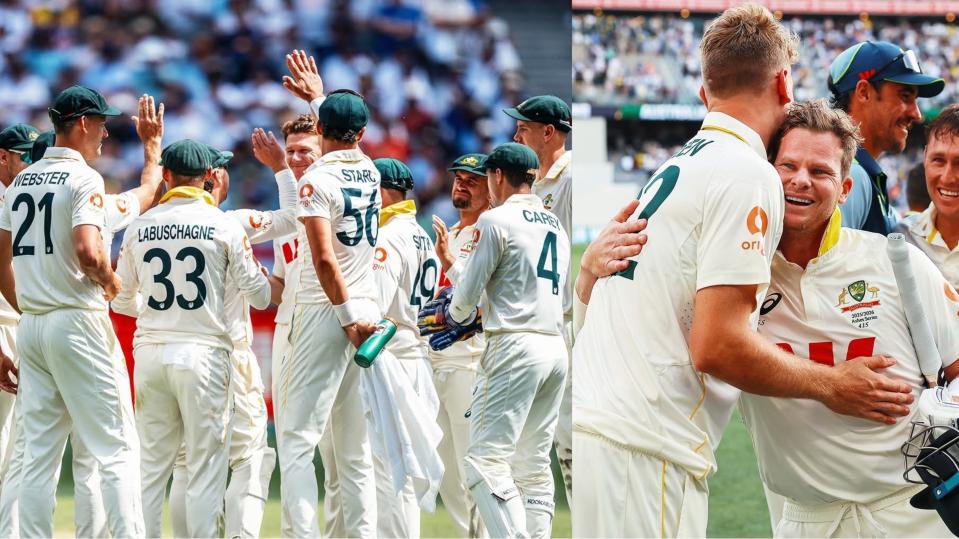India’s six–wicket victory over Pakistan in the Asia Cup Super 4s on 21 September 2025 was anything but an ordinary cricket match. The contest carried the heavy weight of political tension, questionable decisions, and heated exchanges that overshadowed the cricketing brilliance on display.
From the moment both captains walked out for the toss, tension filled the air. Indian skipper Suryakumar Yadav refused to offer the usual handshake. This is a gesture that everyone normally sees in most international fixtures. The Indian players repeated the stance after the game, deliberately avoiding post-match handshakes.
The Indian team did not present it as sportsmanship but as a political statement linked to a terror attack in Pahalgam and subsequent Indian military action across the border. The message came across clearly and fuelled anger in the Pakistani camp. In direct response, Pakistan captain Salman Agha decided to boycott the presentation ceremony, refusing to appear in what he described, through his team's sources, as a protest against the politicisation of the event.
Amid this tense backdrop, the cricket itself still managed to offer high drama. Pakistan batted first and began cautiously, but Sahibzada Farhan steadied the innings with a fluent 58. His knock featured an array of strokes that briefly gave Pakistan hope of setting a competitive total, though the Indian bowlers dragged the momentum back through the middle overs. Using variations of pace and tight lines, they restricted Pakistan to 171 for 5. It was a below-par score on a quick Dubai surface. Yet before India’s chase, the match had already created controversies that dominated the discussion.
One of the most debated moments arrived early in Pakistan’s innings when Fakhar Zaman got out following a low catch, which Indian wicketkeeper Sanju Samson took. The on-field umpires referred the decision upstairs, and slow-motion replays raised significant doubt over whether the ball had touched the ground. The third umpire ruled it a clean catch and dismissed the batsman. Pakistani supporters were livid, while Wasim Akram openly criticised the call in the broadcast box. The former Pakistani pacer insisted that the benefit of doubt should always lie with the batsman. That one decision made Pakistan feel the contest depended as much on technology as on performances on the pitch.
If that incident lit the first spark, the chase added plenty more fuel. India’s opening pair, Abhishek Sharma and Shubman Gill, tore into the Pakistani bowling with controlled aggression. Their century stand effectively killed the contest before the halfway stage. Boundaries continued to flow, and they built pressure on the Pakistani bowlers. Sharma, in particular, looked untouchable, smashing 74 off just 39 balls and dictating the pace of the innings. Although Pakistan tried to claw back with a couple of quick breakthroughs, the result was never in doubt. India finished the game with seven balls left, though the controversies overshadowed their dominance.
Yet even within that dominant chase, the spotlight shifted once again to confrontation rather than cricket. After Gill struck Haris Rauf for a crisp boundary, the bowler exchanged words with Abhishek Sharma, which escalated into a fiery altercation. The umpires stepped in, while teammates tried to defuse the situation. It was not the first exchange of the night, as Pakistani fielders had already attempted to needle the Indian batsmen verbally, but this was the most visible flashpoint. The atmosphere became more tense after Farhan’s half-century celebration, where his “gun salute” gesture added controversy to an already combustible evening.
By the time the players left the ground, India had secured a convincing win on the scorecard, yet the match will be remembered for its host of disputes and confrontations. The cricket was fast, the batting was decisive, and the bowling had its moments, but the contest reminded everyone that whenever India and Pakistan face each other, the clash is rarely confined to bat and ball alone. This meeting in Dubai showed how political fault lines, disputed decisions, and raw emotion can turn cricket into more than just a game.
